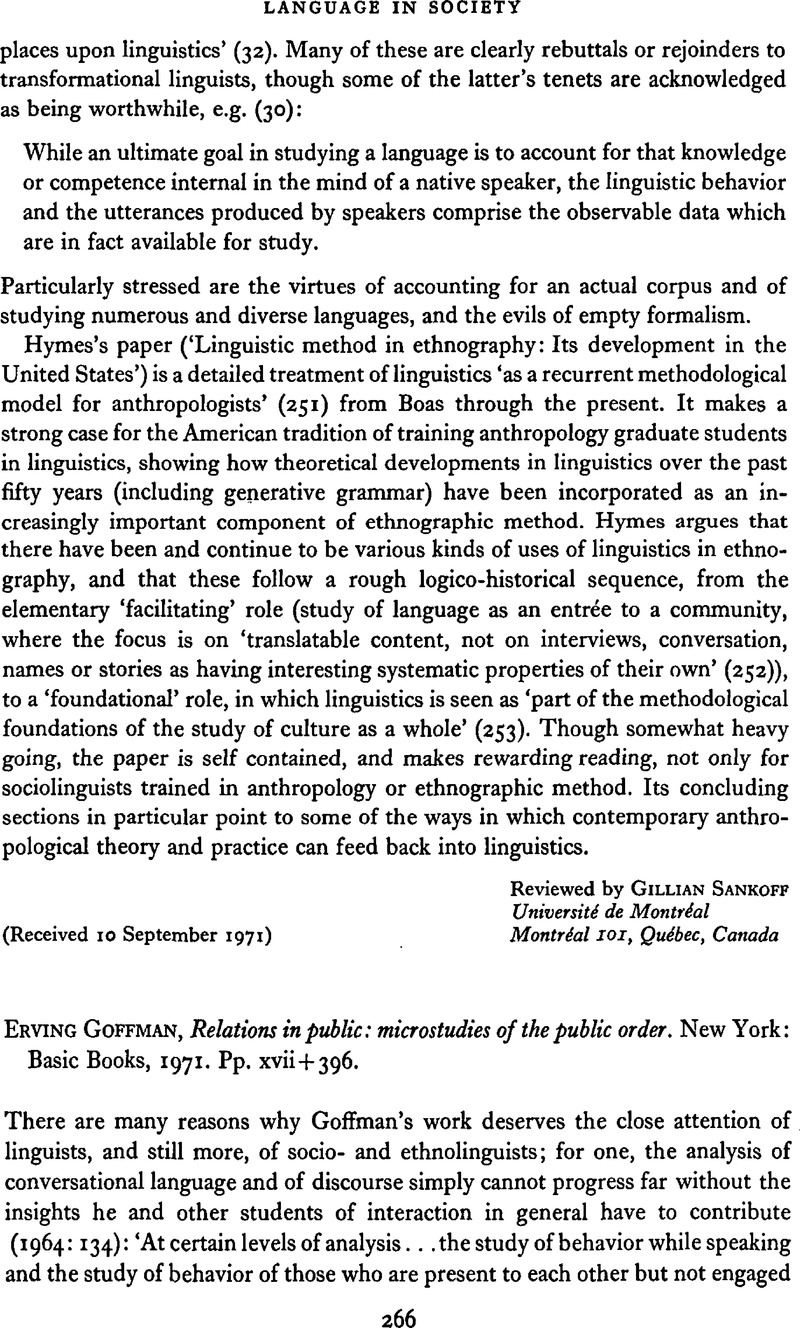Crossref Citations
This article has been cited by the following publications. This list is generated based on data provided by Crossref.
FISHER, LAWRENCE E.
1976.
dropping remarks and the Barbadian audience1.
American Ethnologist,
Vol. 3,
Issue. 2,
p.
227.
Singh, Kiran Jot
Kapoor, Divneet Singh
Thakur, Khushal
Sharma, Anshul
Nayyar, Anand
and
Mahajan, Shubham
2025.
Improvised robotic navigation using deep reinforcement learning (DRL) towards safer integration in real-time complex environments.
Multimedia Tools and Applications,
Vol. 84,
Issue. 28,
p.
34349.


